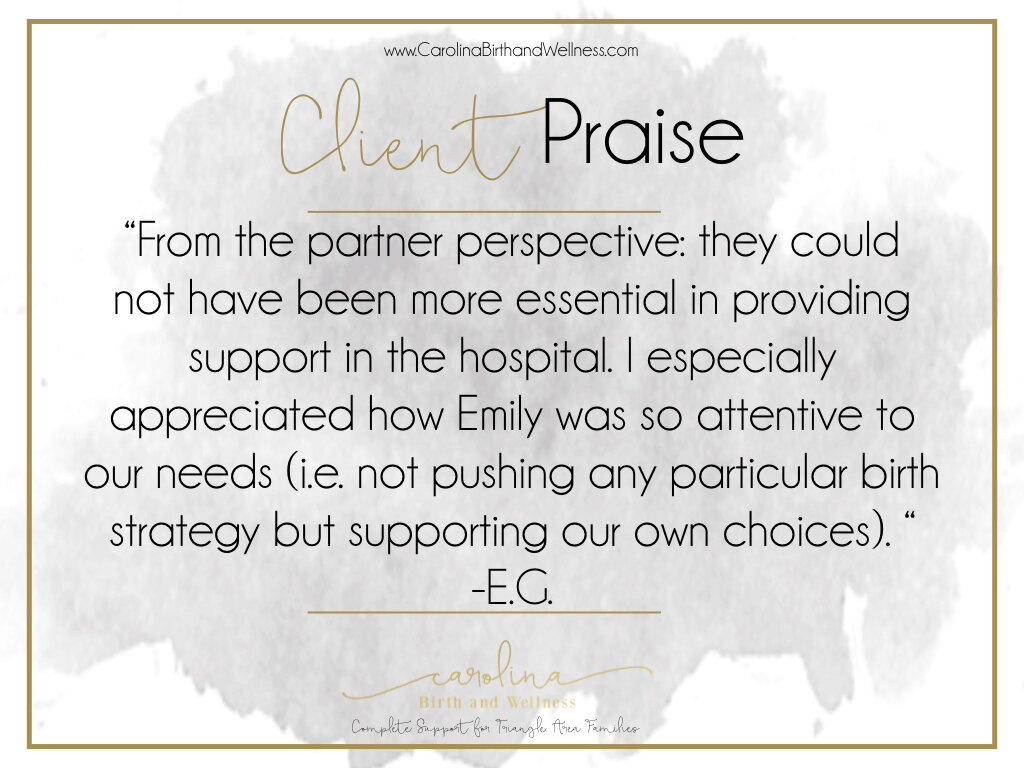Benefits of Swedish Massage
What exactly is Swedish Massage?
Swedish massage was developed in the 18th century by a Swedish man named Per Henrik Ling. He used gentle stretching, long strokes, and kneading motions to help athletes prepare for and recover from gymnastic events. The speed and pressure can be adjusted by your therapist to help achieve your particular goals, but generally we do not spend too long on one particular area use long strokes that reach as many muscles as possible.
Relaxing While Still Being Therapeutic
The intention of any massage, but specifically a Swedish massage, is to allow you to be the most relaxed possible. However, relaxation does not equate to more or less pressure, or any less of a therapeutic benefit. Generally, a Swedish massage ranges from light to firm pressure, depending on your preference. While we can use deep pressure, the intention of a Swedish massage is to have long, flowing massage strokes which tend to not be as effective when coupled with deep pressure.
Massage for Relaxation and Circulation
Relaxation can be a subjective quality, but the intention of Swedish massage is to relax the body and quiet the mind during the 60, 90 or 120 minute massage. Relaxation is achieved by performing slow, deliberate and long massage strokes. We generally do not focus on a single part of the body, but rather perform a full body massage to allow for a deeper sense of relaxation. Massage strokes are all directed towards the heart to increase circulation and encourage venous return. This increased circulation allows for the body to more quickly process any metabolic waste found throughout the blood.
Massage for Pain Reduction
The pressure of massage does not indicate the quality of pain reduction felt in your body. While some people find more pain reduction from a deep tissue massage, others find the long, more medium pressure strokes of the Swedish massage to be most therapeutic. By working with your muscles, pain that is felt either from tight muscle, stiff joints, or soreness can be effectively relieved from a Swedish massage.
Massage and Insomnia
Studies have shown that the benefits of receiving a massage can decrease pain, while also allowing for a more restful sleep. Often sleep disturbances and insomnia are attribute to pain, and a massage can reduce those sensations of pain that allow you to have a more restful sleep (Field, Diego, Gonzales, and Funk, 2015)
Massage for Anxiety, Depression, and Fatigue
Just as important as a massage is for the body, regular massage is very effective in decreasing depression, anxiety and chronic fatigue. Studies have shown this is due to increased vagal activity and decreased cortisol levels. (Field, 2006). By decreasing cortisol levels, also known as the stress hormone, the mind is able to enjoy less of the stress inducing stimuli from within the body.
Frequency of Massage
While receiving a massage daily would feel wonderful and have wonderful benefits to both your physical and mental states, research has shown that receiving a massage once a week for two months can cause you to feel the maximum reduction of pain after only two months (Pearlman, Ali, Njike, Hom, Gould-Fogerite, Milak, Katz, 2012). Once you are no longer in pain, benefits from a massage can last 4-6 weeks in between sessions.
Ready to book your massage now?
We would love to see you in our beautiful office at Restoring Balance Integrative Health!
Works Cited
Field, Tiffany. "Massage Therapy Research Review." Massage Therapy Research 20 (2006): 177-259. Web.









